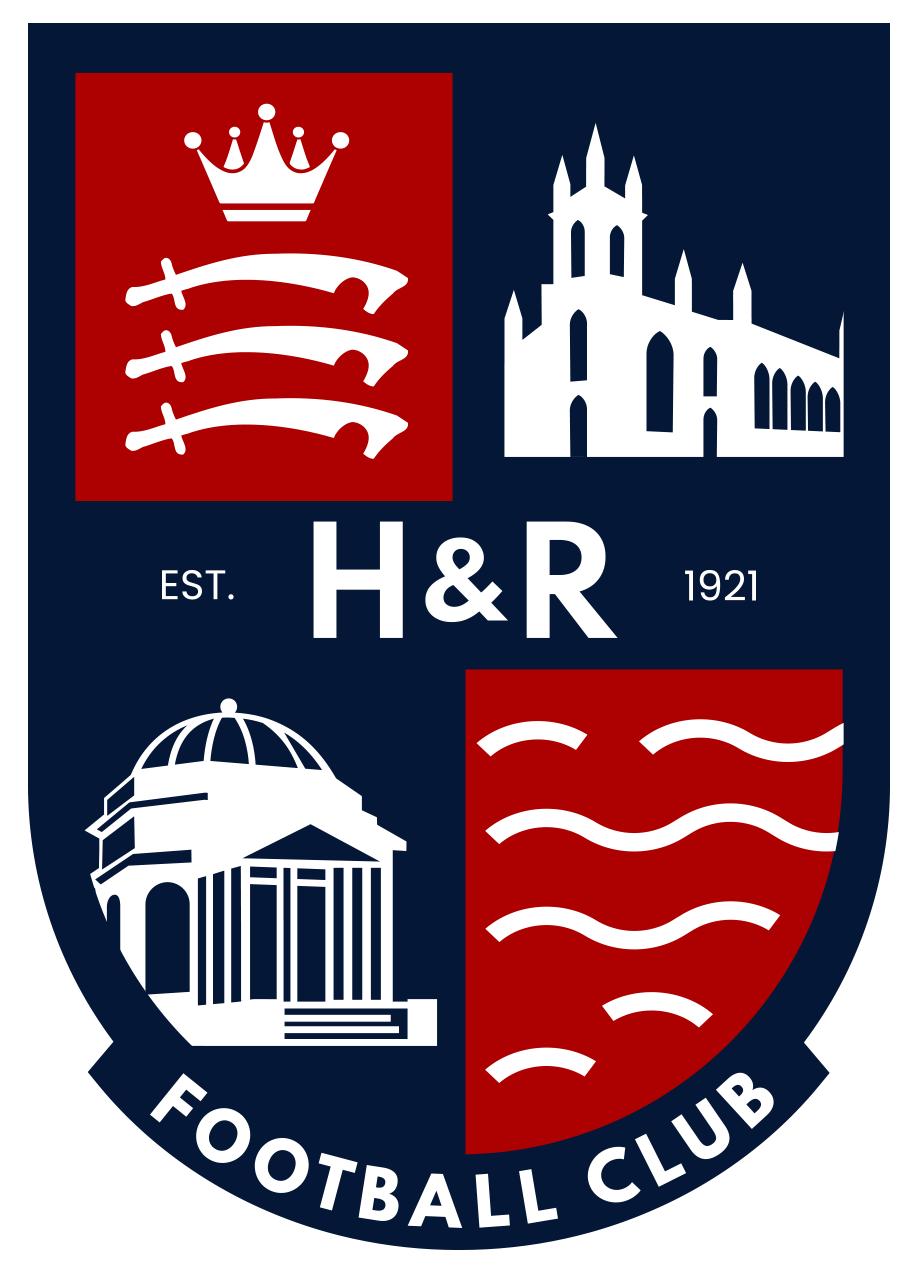HAMPTON, AROUND AND ABOUT
Things you may not know, or didn’t know you knew!
No 2 WILLIAM HODSON
Hodson of Hodson’s Horse
William Stephen Raikes Hodson (1821-58) spent part of his life serving in India on behalf of the British ‘Raj’. Hodson’s connection with Hampton is through his wife, Susan, who became a resident of Hampton Court.
Hodson was born near Gloucester, the third son of Rev. George Hodson and was educated at Rugby School (under Thomas Arnold), he joined the 2nd Bengal Lancers in 1844 and was wounded in the First Anglo-Sikh War. He was regarded as a brilliant swordsman and horseman. Hodson did not make many friends as he was heard to criticise the campaign as being, mis-managed.
Hodson is jointly credited as having introduced the use of khaki uniforms. In 1848, Hodson, with the approval of his commanding officer, Lt Harry Lumsden, brought in a new lightweight uniform of Khaki colour, initially called ‘drab’. The thinking was that not only would the new uniform be comfortable to wear but it would ‘make them invisible in a land of dust’. Hodson liaised with his brother Rev. George H Hodson, in England, to send ‘drab’ cloth for 900 men as well as 300 carbines.
In January 1852 he married Susan Annette at Calcutta Cathedral. Unusually for most Officers, Hodson made a point of learning Hindustani and Persian to assist his military service in India. In 1857, during the early days of the Indian Rebellion, Hodson made a name for himself by carrying dispatches 172 miles, through ‘enemy territory’ in 72 hours. The result was that he was given command of ‘irregular’ cavalrymen which became known as ‘Hodson’s Horse’. Hodson is remembered for apprehending Bahadur Shah II, the Mughal king of Delhi (also referred to as the Emperor of India) during the rebellion. The day after that he rode, outnumbered, into the enemy camp, demanding the unconditional surrender of the leading Mughal Princes, Bahadur’s sons –when they resisted, he shot them. Some senior military commanders praised him for his action but there were also some who were appalled at his decision.
Hodson had quite a few brushes with his seniors which ended up in Courts of Inquiry, but always seemed to get away with the proverbial slap on the wrist. Hodson put any accusations made down to jealousy of fellow officers.
On 11th March 1858 Hodson’s regiment was in Lucknow and whilst storming the Begum’s palace he was shot. His last words were “I hope I have done my duty”. Hodson died a poor man, leaving very few effects. His widow, Susan, had to apply to a Compassionate Fund in order to pay her passage home to England. Queen Victoria offered her the use of a Grace & Favour apartment in Hampton Court Palace, in recognition of her husband’s service to the Crown.
Hodson was buried in Lucknow. Susan Hodson died in 1884 and was buried in Hampton Cemetery, alongside a memorial to William Hodson.
The Old Historian
External Links:
www.hrbfc.co.uk - Official website
www.hrbfc.live - Streaming & donations
www.hrbfc.net - Unofficial fans forum
www.hrbfc.org - Archive 1959-2017
- Unofficial forum for supporters of Hampton & Richmond Borough FC
- All times are UTC+01:00
- Delete cookies
- Privacy
- Terms
- Contact us
Powered by phpBB™ • Design by PlanetStyles
